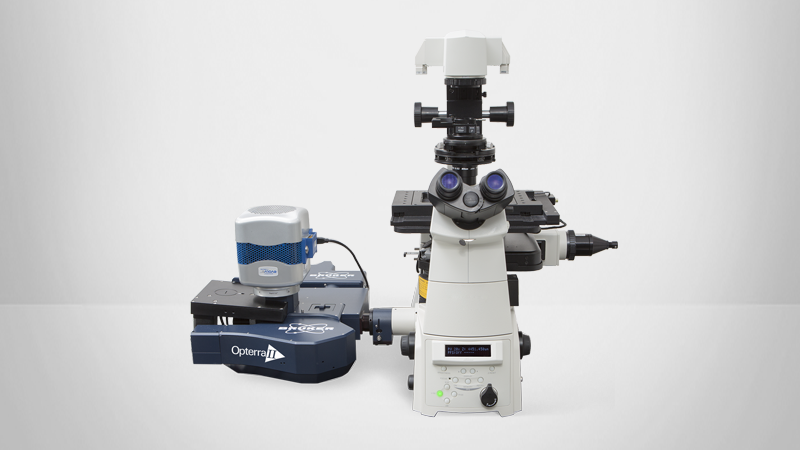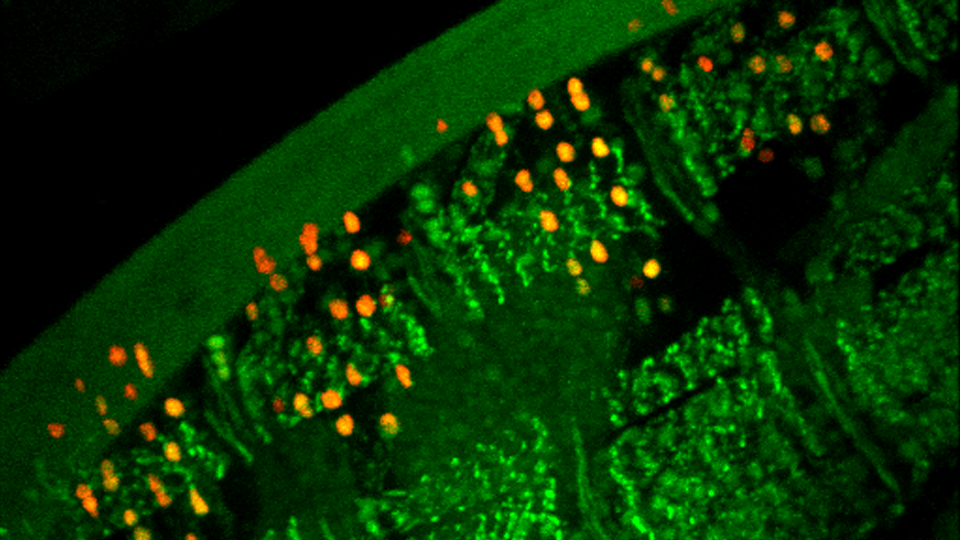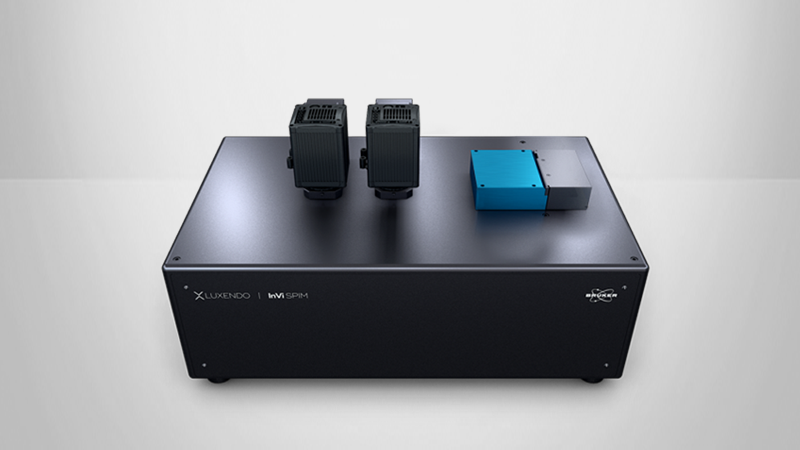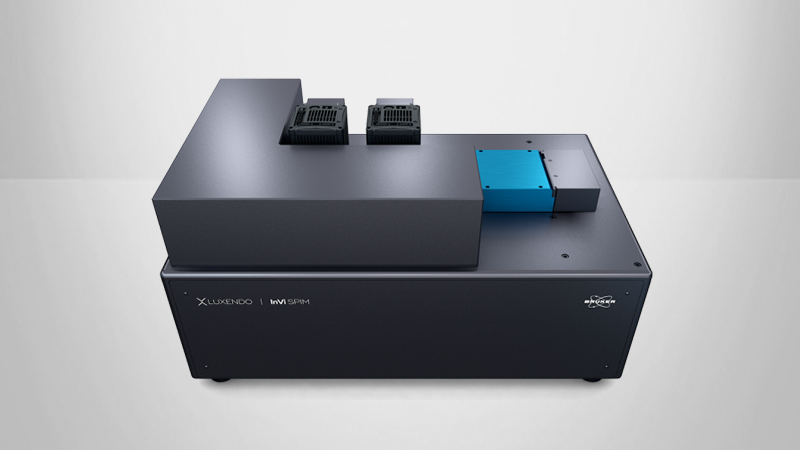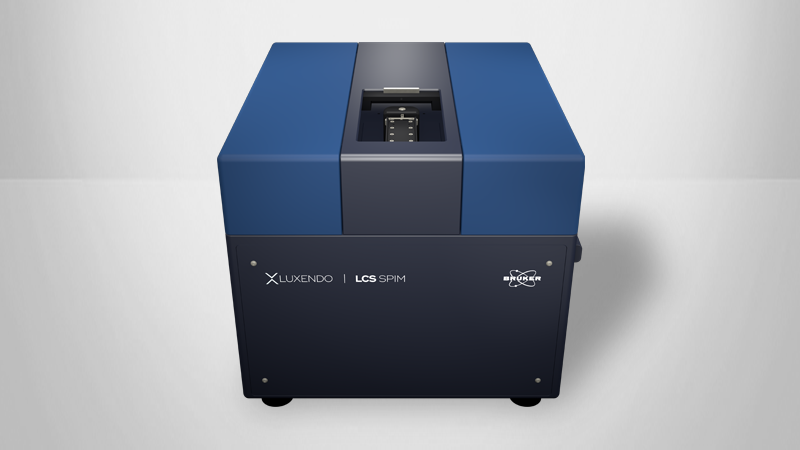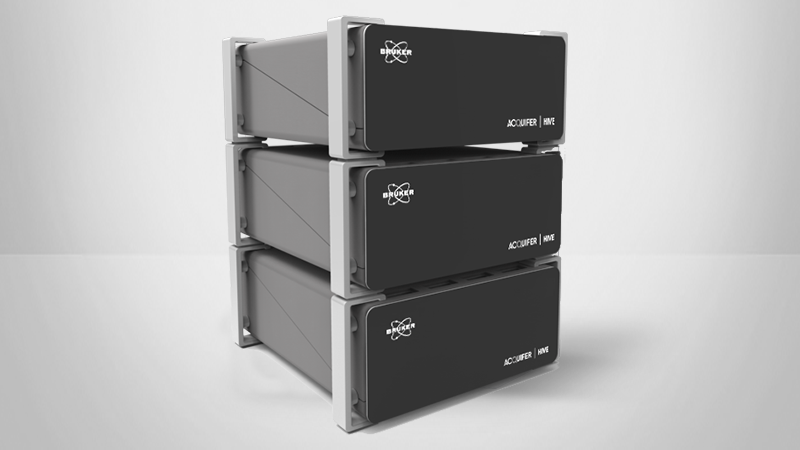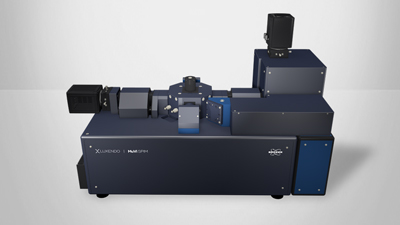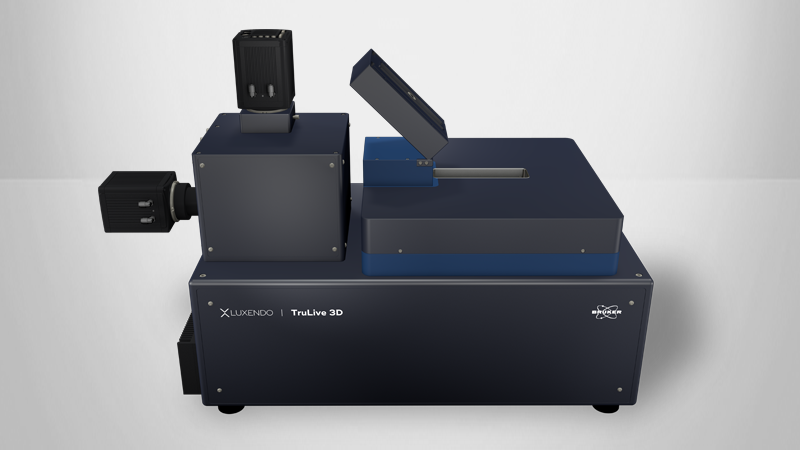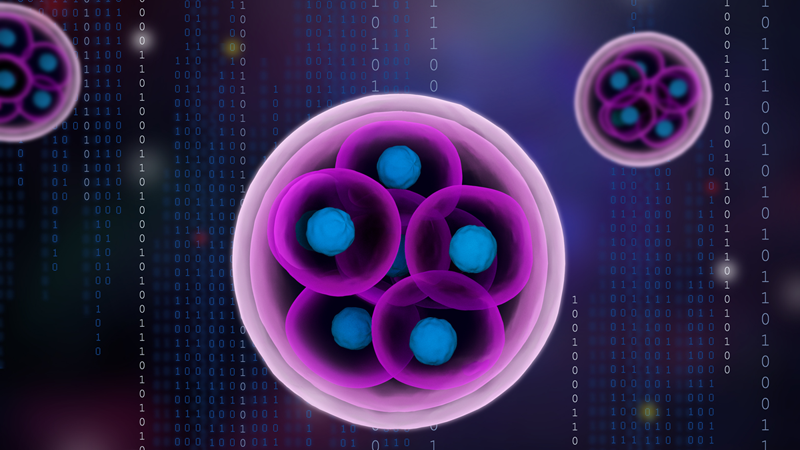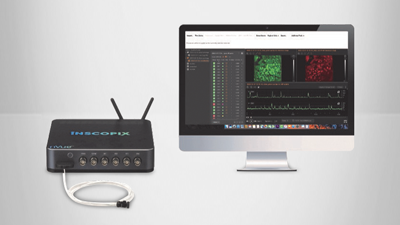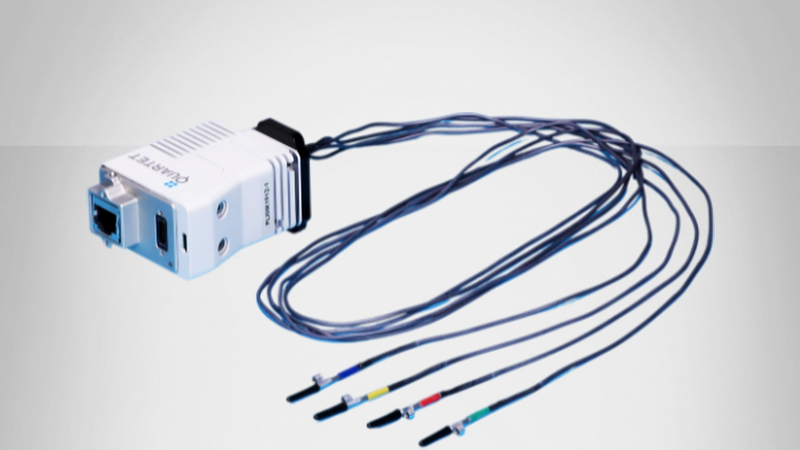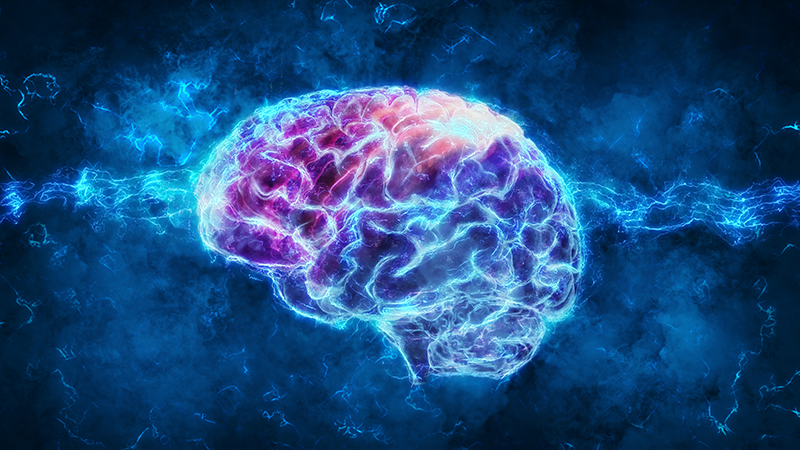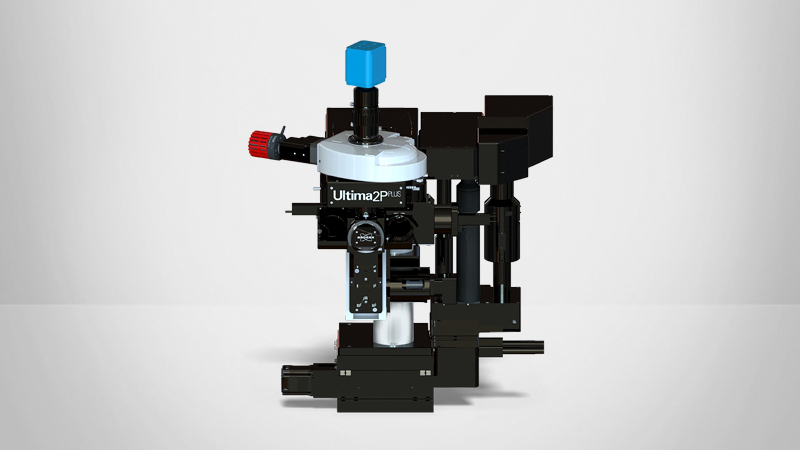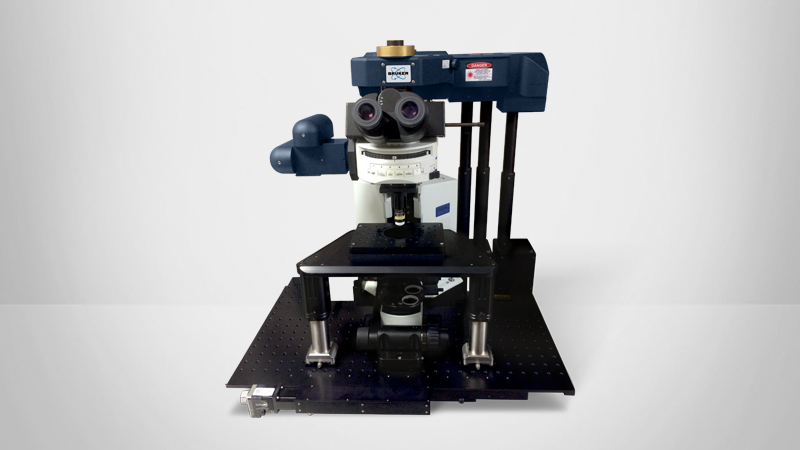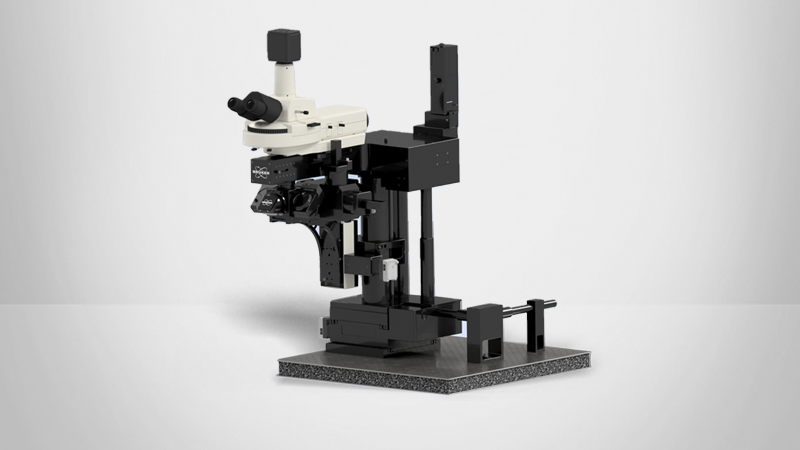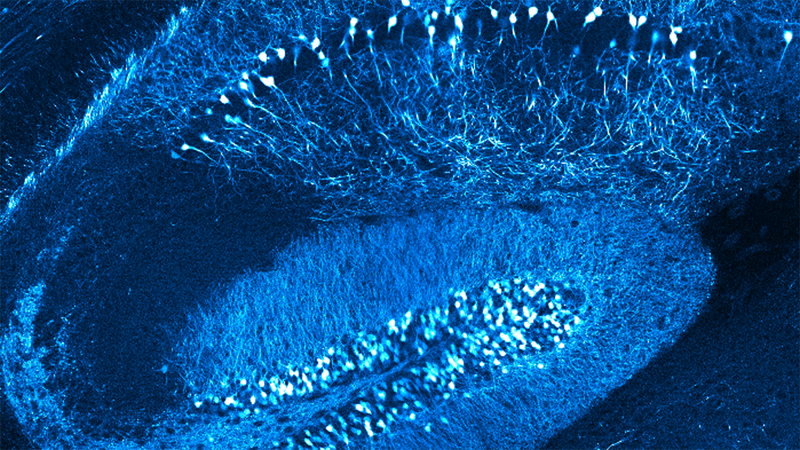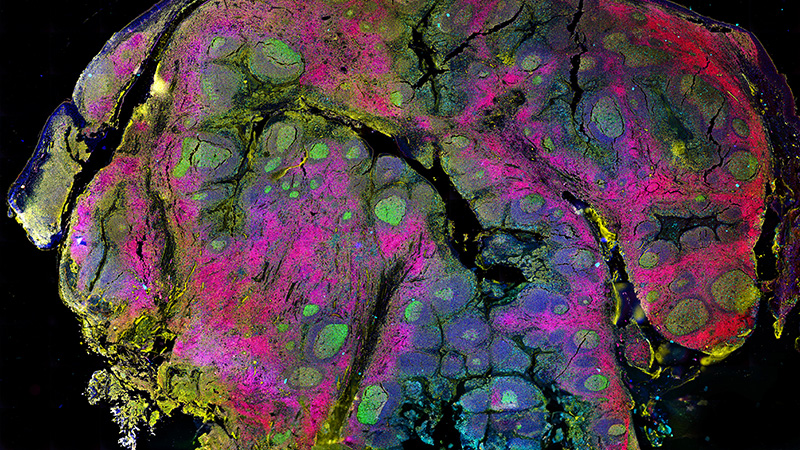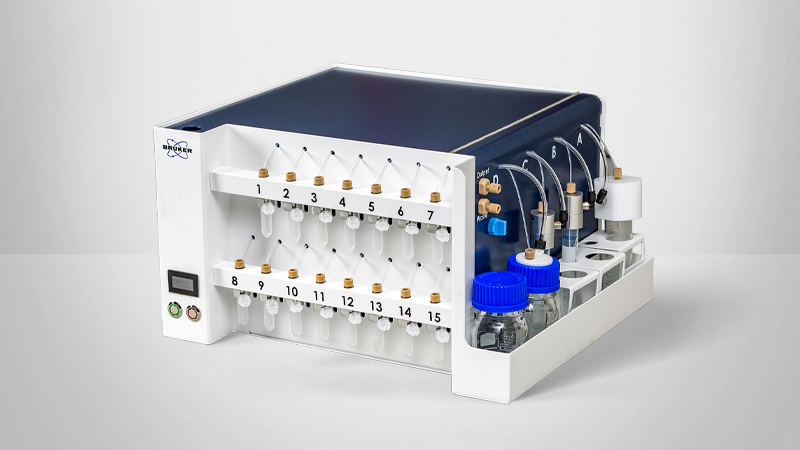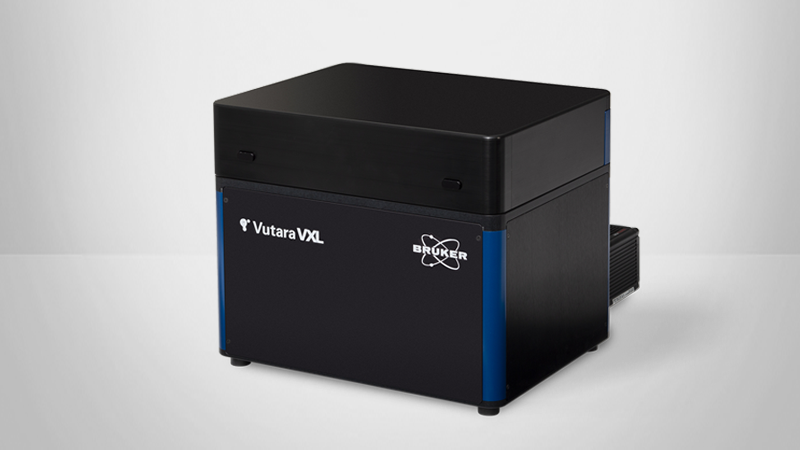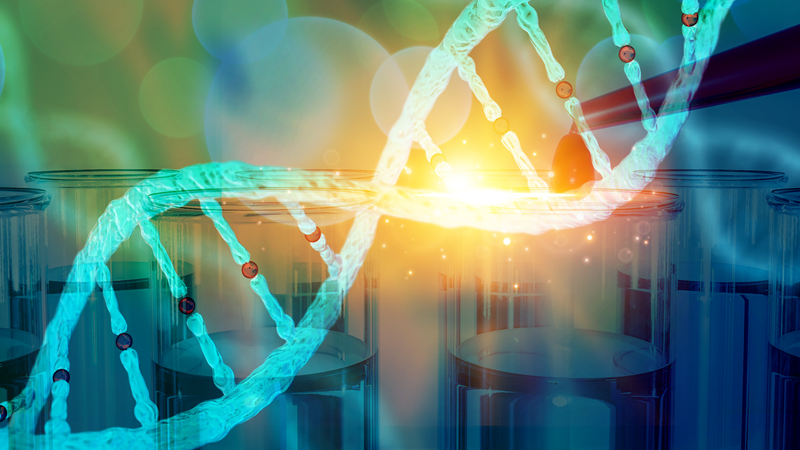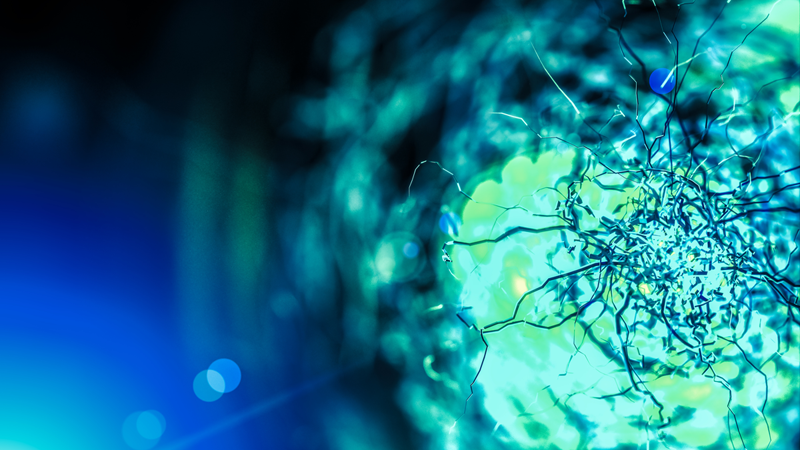Fluorescence Microscopy Journal Club
Top articles using Bruker's Fluorescence Microscopy technology delivered direct to your inbox.
Our Journal Club is meant to be a helpful tool that keeps you up-to-date on the newest in fluorescence microscopy research and to assist you in discovering articles you may have missed.
Members of our Fluorescence Microscopy Journal Club receive brief reviews of select papers and direct links to the full article.
OTHER ARTICLES RECENTLY REVIEWED INCLUDE:
- Cortico-cortical feedback engages active dendrites in visual cortex at the Nanoscale by Mehmet Fişek et.al. | DOI: 10.1038/s41586-023-06007-6
- Semi-Automatic Generation Of Tight Binary Masks And Non‑Convex Isosurfaces For Quantitative Analysis Of 3D Biological Samples by Sourabh Bhide et.al. | DOI: 10.1109/ICIP40778.2020.9190951
- Advanced Microscopy Reveals Complex Developmental and Subcellular Localization Patterns of ANNEXIN 1 in Arabidopsis by Michaela Tichá et.al | DOI: 10.3389/fpls.2020.01153
... and many more.
